No one can do it?
Decree 08/2022/ND-CP was issued on January 10, 2022, detailing a number of articles of the Law on Environmental Protection. After just over a year, it has shown many shortcomings and difficulties in implementation. Specifically, the slaughter of livestock on a scale of 10 to less than 100 animals/day and the slaughter of poultry from 100 to 1,000 animals/day are classified as small-capacity environmental polluters. That means slaughtering 10 pigs or 100 chickens or more must apply for an environmental license issued by the District People's Committee. If a project has a risk of causing small-capacity environmental pollution but has environmentally sensitive factors such as inner cities, inner towns, etc., it is classified into Group II, a group of projects with a risk of negative impacts on the environment with the regulation of having to obtain an environmental license issued by the Provincial People's Committee. It must meet environmental protection requirements such as having facilities and measures to collect wastewater, and having an environmental management and monitoring plan.
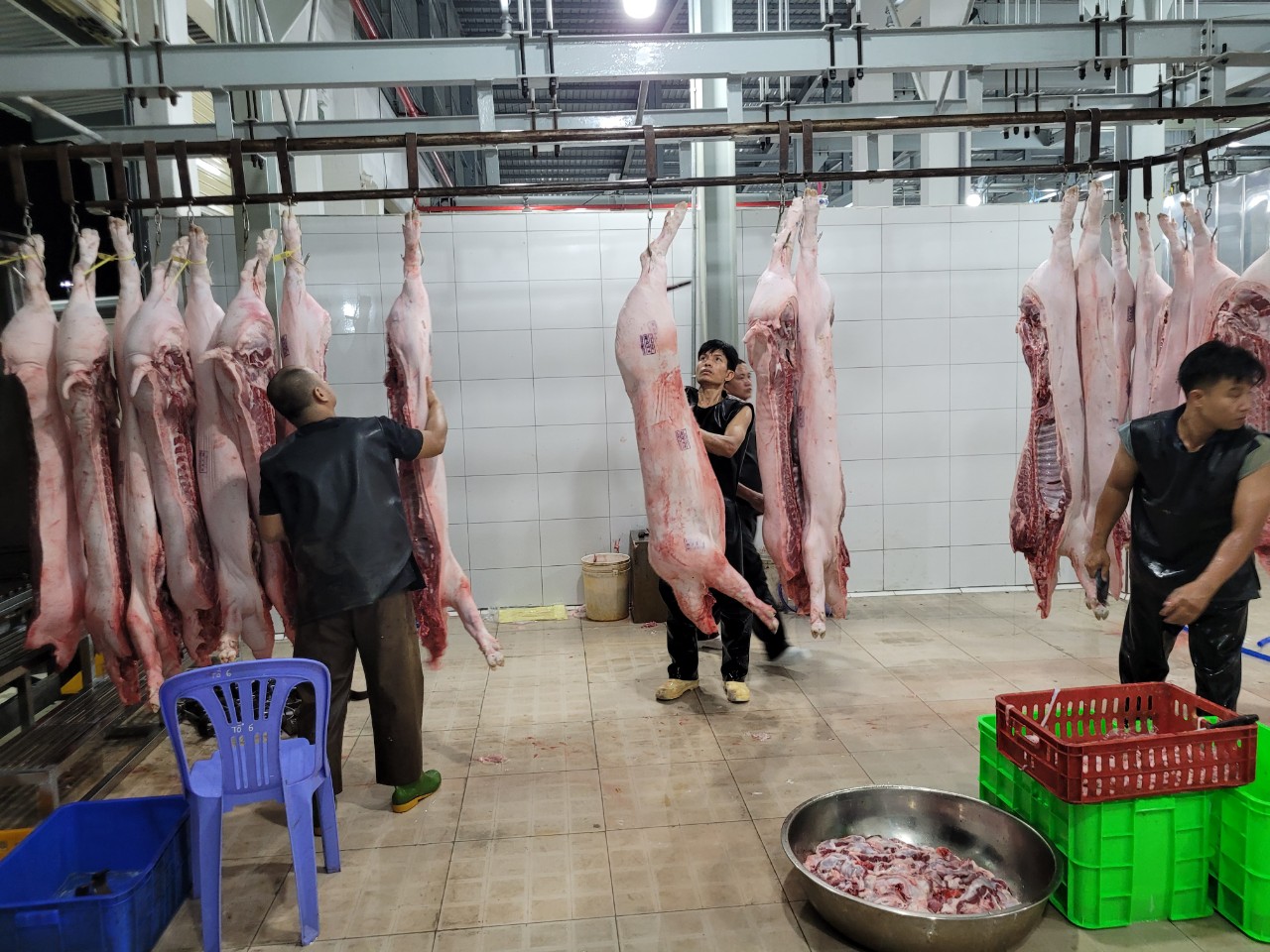
The livestock industry is facing difficulties, the scale of household production is shrinking rapidly.
During the implementation process, many localities said they encountered many difficulties because the standards were too high and there were many unreasonable points. Mr. NNT, director of an environmental consulting company in Ha Tinh , shared: "After consulting for a number of farms in Ky Anh, Can Loc and Huong Khe districts, I realized that the current common situation is that most farms in Ha Tinh are not built according to the planning, so when carrying out the procedures to apply for a license, it takes a lot of time and money." For example, when Mitraco Livestock Joint Stock Company carried out the procedures to request an environmental license, in addition to spending money, adding and adjusting construction items and documents also took a lot of time. In addition to investing billions of VND to complete a wastewater treatment system that meets standards, this farm also had to adjust the planning to match reality. The locations of lakes, tanks, and barns, and the distances between them, must all be 100% in accordance with the planning. After about a year of completing the procedures, this company was granted an environmental license and this is also one of the few units granted this license in Ha Tinh. "If a large company still has to work so hard, then asking small units to do the same is beyond their reach," Mr. T. commented.
According to many people, the most unreasonable thing is the regulation on the scale of slaughter, cattle from 10 heads, poultry from 100 heads or more must also have an environmental license, while the reporting and requirements to apply for this license are extremely complicated. An environmental expert (who asked to remain anonymous) analyzed: "After a period of application in practice, it is clear that this decree has unreasonable provisions, especially the regulations on scale. If you only raise 10 cows or slaughter an average of 10 pigs or 100 chickens/day and have to go to the district People's Committee to apply for an environmental license with a series of conditions that are very difficult to meet, then no place can do it".
Should be tightened to ensure food hygiene.
On the contrary, Mr. Dam Van Hoat, owner of a business investing in the slaughter sector, affirmed that requiring small-scale livestock and slaughter households to ensure environmental protection conditions is the right policy to gradually move the slaughter sector to a modern, industrial scale. It is possible that during the implementation process, small-scale slaughter is still quite popular in other regions, so it must be amended accordingly. "But in the long term, I still support the need to gradually tighten the operating conditions of manual slaughterhouses, gradually moving towards industrial slaughter to ensure food safety and hygiene. To be more precise, this decree should have exceptions for regions and localities that have advanced to an industrial and modern scale, because there are places like Ho Chi Minh City or Dong Nai that can meet these requirements," Mr. Hoat suggested.
The Ministry of Natural Resources and Environment has just sent Document No. 3016 to the People's Committees of provinces and cities to seek opinions on amending Decree 08/2022 detailing a number of articles of the Law on Environmental Protection. According to the Ministry of Natural Resources and Environment, the amendment mainly focuses on the scale and capacity of types of production, business and services that are at risk of causing environmental pollution. The direction of the amendment will be to increase the authority of localities in licensing and environmental management of these projects.
Two types of production, business and services are amended in the decree, including industrial-scale livestock and poultry farming and production of electrical and electronic components and equipment. The livestock farming industry will be amended in the direction of small-capacity projects expected to have a scale of 10-300 livestock units (current regulations are 10-100 livestock units). Medium capacity will be from 300-3,000 livestock units (current regulations are 100-1,000 livestock units), large capacity is from 3,000 livestock units.
Talking to Thanh Nien reporters, Mr. Nguyen Tri Cong, Chairman of Dong Nai Livestock Association, said: In Dong Nai province, which is considered the capital of livestock farming, the characteristics are different from other localities, in which slaughterhouses are arranged in planning areas and are considered a conditional business sector. If businesses invest in slaughterhouses, they must meet local requirements and criteria, and if they have invested large capital, no one will put them on a small scale. "It is true that small slaughterhouses are required to complete complete documents exactly like industrial scale, which is completely impossible. This is also a matter of concern, but the most important concern of livestock farming and slaughterhouse businesses right now is bank debt. The prolonged difficult consumption situation and the lack of a debt relief or extension policy for livestock farmers by banks will lead to many farms going bankrupt in the near future," Mr. Cong worried.
Regarding Ho Chi Minh City, Mr. Dinh Minh Hiep, Director of the Department of Agriculture and Rural Development of Ho Chi Minh City, informed: "Currently, the livestock slaughtering sector in Ho Chi Minh City is moving towards completely eliminating manual slaughterhouses and switching to an industrial slaughterhouse model. The orientation in the coming time is to proactively provide all pork to consumers in Ho Chi Minh City through modern slaughterhouses. Regarding comments to amend Decree 08, the Department of Agriculture and Rural Development of the city has not yet received any documents, however, this amendment will not have a major impact on slaughtering in the area because Ho Chi Minh City has completely switched to industrial slaughterhouses. For livestock farms, the city's policy is to gradually reduce the scale of small-scale household livestock farming and develop large-scale livestock farming".
According to the Department of Agriculture and Rural Development of Ho Chi Minh City, the total herd of pigs in the city is currently about 138,965, raised in more than 1,477 households and pig farms. Compared to the same period in 2022, the total herd of pigs in farms decreased by 15.6% and the number of households decreased by 16.17% due to rapid urbanization, in addition to very low output and selling prices.
Source link



![[Photo] Many people directly experience beloved Uncle Ho and the General Secretaries](https://vphoto.vietnam.vn/thumb/1200x675/vietnam/resource/IMAGE/2025/9/6/2f4d9a1c1ef14be3933dbef3cd5403f6)
![[Photo] Rescuing people in flooded areas at the foot of Prenn Pass overnight](https://vphoto.vietnam.vn/thumb/1200x675/vietnam/resource/IMAGE/2025/9/6/19095b01eb844de98c406cc135b2f96c)
![[Photo] 80th Anniversary of the General Staff of the Vietnam People's Army](https://vphoto.vietnam.vn/thumb/1200x675/vietnam/resource/IMAGE/2025/9/6/49153e2a2ffc43b7b5b5396399b0c471)
![[Photo] General Secretary To Lam attends the 80th Anniversary of the General Staff of the Vietnam People's Army](https://vphoto.vietnam.vn/thumb/1200x675/vietnam/resource/IMAGE/2025/9/6/126697ab3e904fd68a2a510323659767)


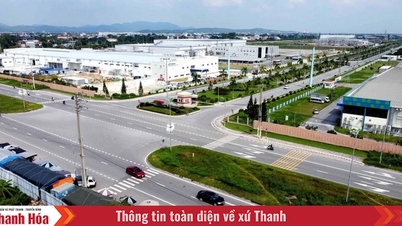



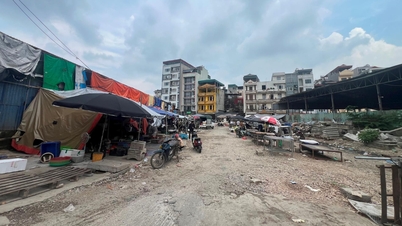

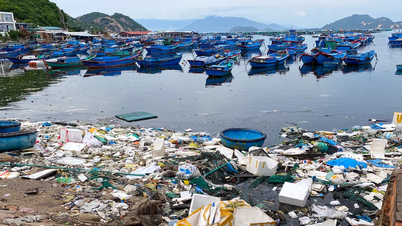

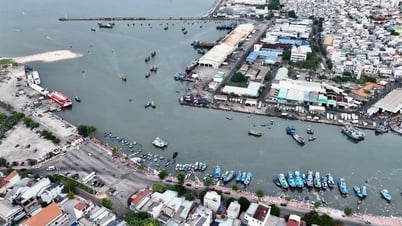

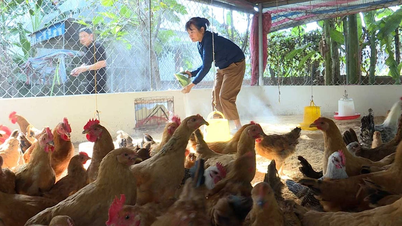

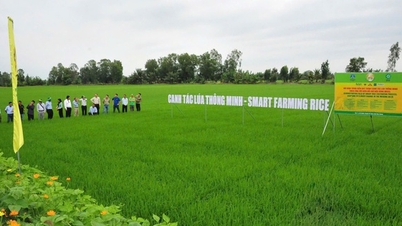
















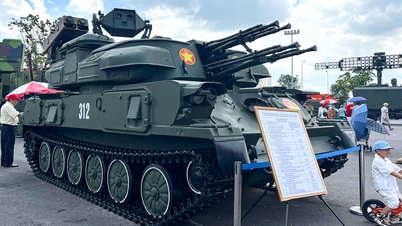




















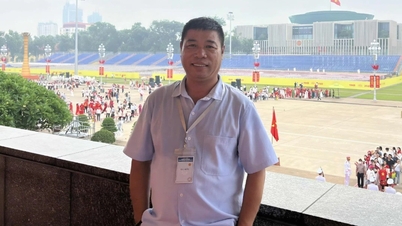
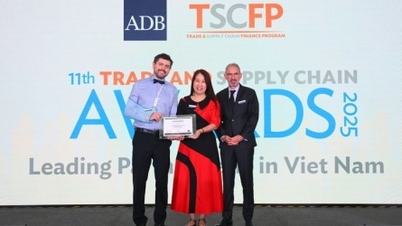



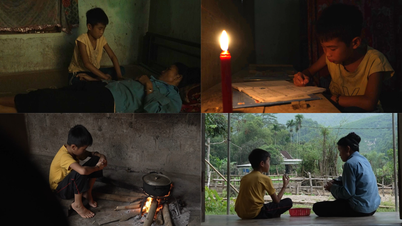













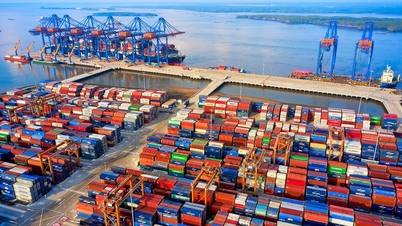





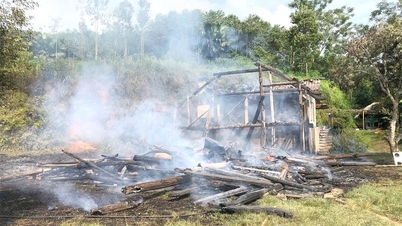

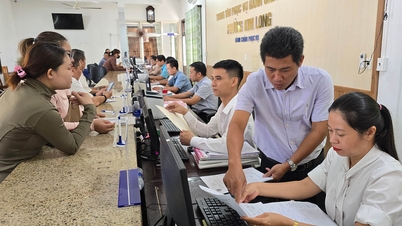






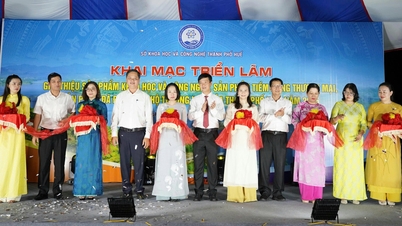
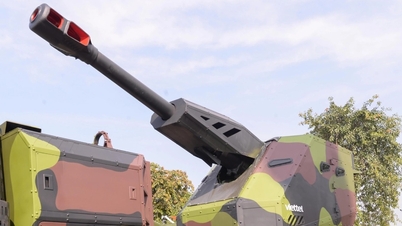







Comment (0)